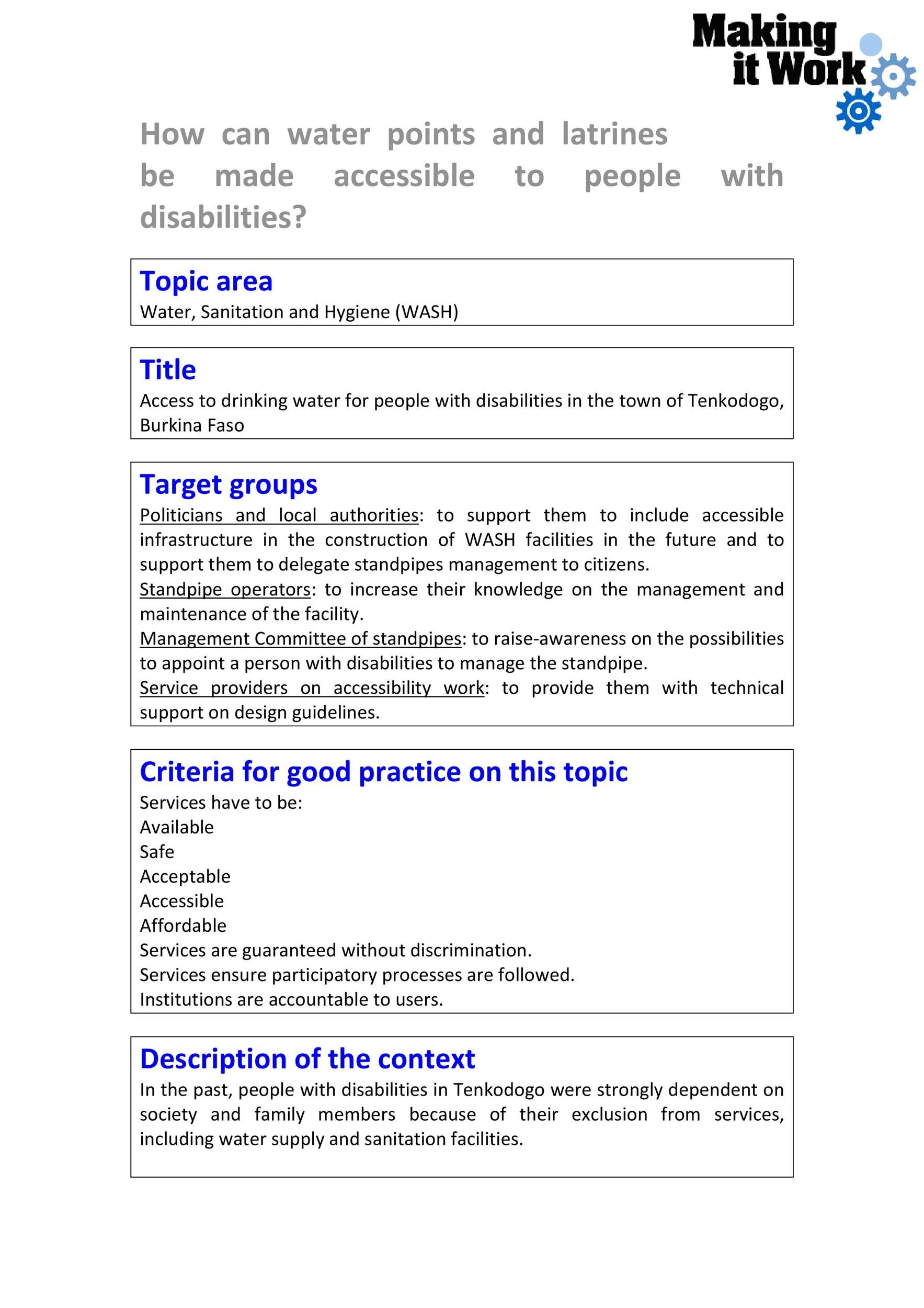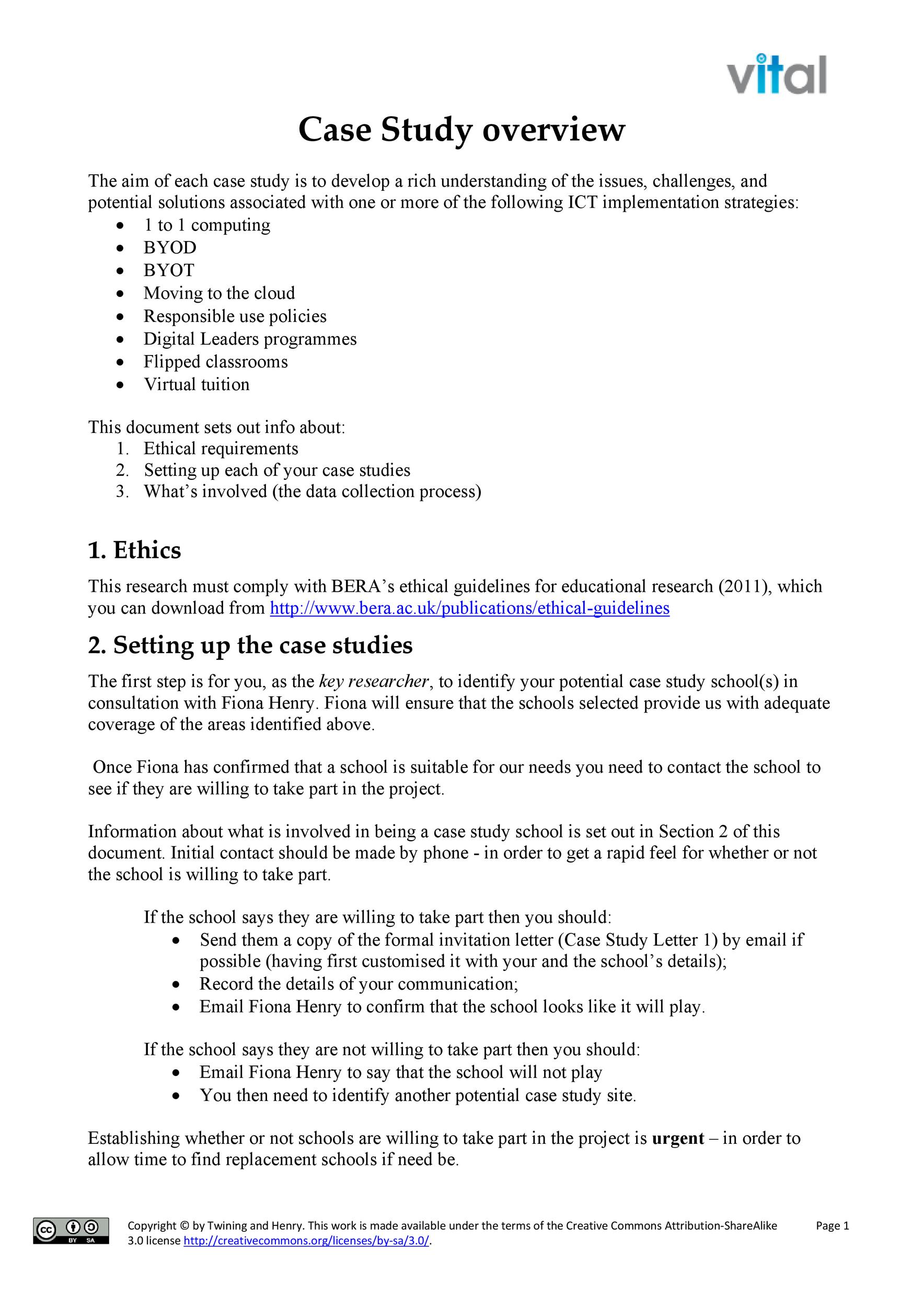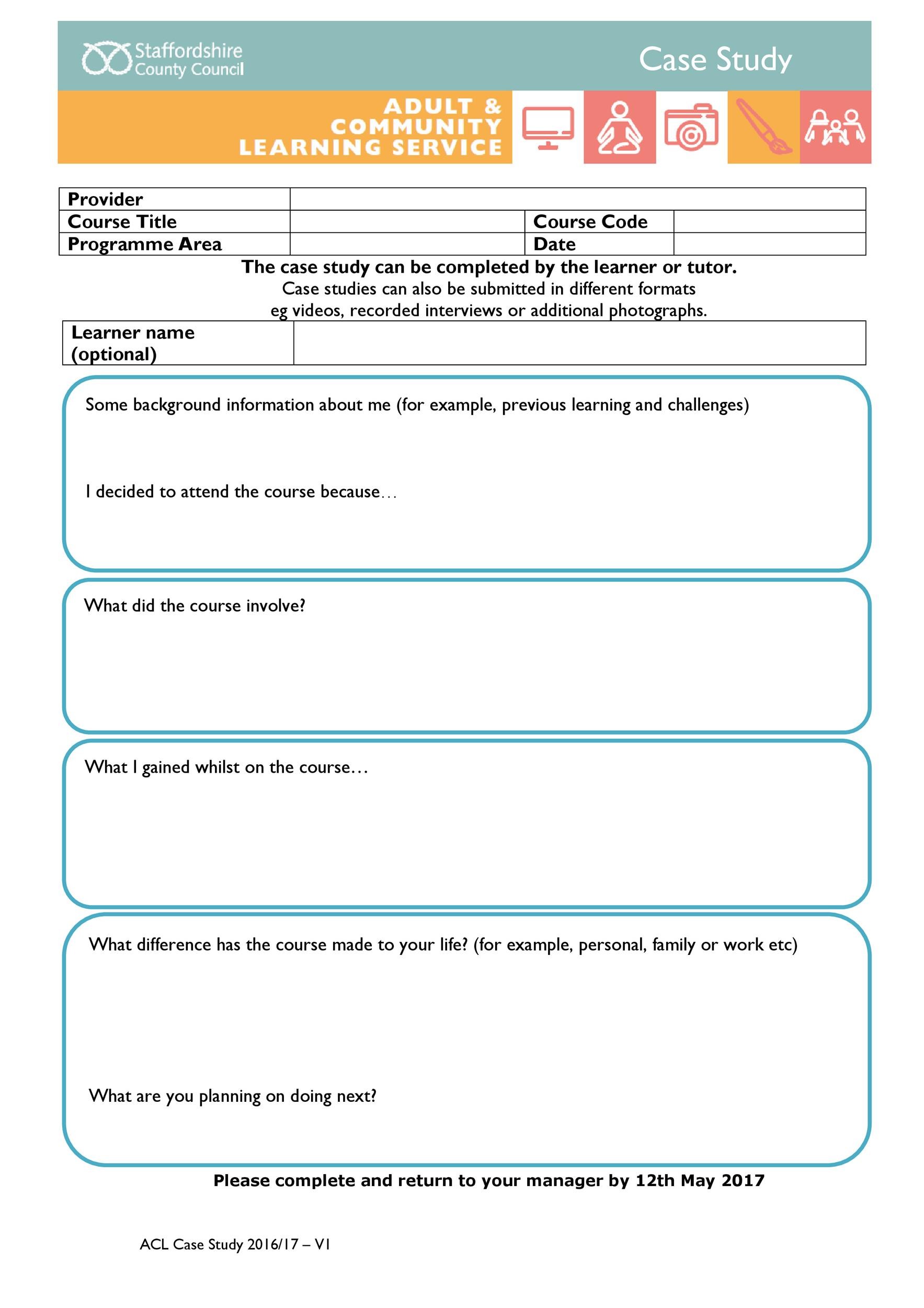Table Of Content

This case study walks us through the design of a platform where users can find experts to explain complex topics to them in a simple and friendly manner. It starts by defining the scope of work, then progresses through research, user journeys, information architecture, user flow, initial design, and user testing, before presenting the final solution. It’s also worthwhile to include a retrospective of the project that describes any learnings you took away from the experience.
How To Avoid Bias in UX Research

By observing interactions between guests and hosts, the Airbnb team discovered a design opportunity. This led to the creation of visual check-in guides for Airbnb guests, which they can access both offline and online. This case study takes us through the process of giving the Ryanair app a fresh look. Besides the clean aesthetics and straightforward presentation, the incorporation of playful language and interactive elements makes this case study captivating. In the context of an e-commerce platform, a typical UX use case could involve users seamlessly navigating the product catalog, adding items to their cart, and completing the purchase without friction.
Language learning app
These case studies are centered around UX research, highlighting key research insights to enhance your design process. This case study by Andre Carioca dives right into giving the user interface a little facelift to make it more fun and engaging. By employing compelling storytelling and appealing visuals, the creator crafts a narrative that’s a delight to read. A case study is like a roadmap of each project, detailing the highs, lows, failures, and successes.
Key takeaway
For projects that have been launched, you should detail any results that demonstrate how the product improved the user experience and helped meet business goals. After you’ve presented the final design solution, it can be tempting to call it a day. This final section will make a strong conclusion to your case study by explaining the impacts of your design solution (if you’re aware of them) and what you learned from the project.
Case study #1: Designing A Better Cinema Experience
It is a detailed account, written in the designer’s own voice (first person), that examines the client’s problem, the designer’s role, the problem solving process, and the project’s outcome. Non-designers need more than beauty from a design portfolio; they need clarity and assurance. They need to come away believing in a designer’s expertise, their design process, and ability to solve problems in an efficient manner. If we’re honest, we must admit that most of our portfolio design decisions are influenced by what other designers are doing. That’s not necessarily bad, but if we don’t understand why portfolios look the way they do, we’re merely imitating. A well-designed app, informed by data, can actually increase user engagement and satisfaction.
Case studies and examples of circular economy in action - ellenmacarthurfoundation.org
Case studies and examples of circular economy in action.
Posted: Wed, 18 Oct 2023 09:35:09 GMT [source]
This narrative structure helps clients understand the project’s evolution and details your design process, making it key to an effective case study. Like previous UX design case studies, this one tackled the issue head-on. Describing the research process, it goes into detail regarding the approach used by the UX designers to create the app.
Redesigning Elements And Features
Thomas shares fascinating insights about a production, banding and packaging process in which he only used colorless, organic and traditional tools and materials. “How to Approach a Responsive Design,” Tito BottittaThis article shows the design process behind The Boston Globe’s website, one of the most famous examples of responsive designs. In this overview of useful case studies, we’ve featured studies that have recounted decisions made about particular design elements, as well as studies of full overhauls and their accompanying technical challenges. Most of them provide interesting insights into failures and successes, stories, workflows and design decisions made and rejected. When creating a case study it’s a great idea to look at both the short term and the long term goals of the company to gain the best understanding possible of the insights they provide.
Nothing is more stressful than a blank page, especially when you’re writing about why you spent a year of your company’s budget designing things. Don’t be afraid to show your mistakes, and tell honest stories that your prospect clients can connect to. Probably the worst thing you could do is to create a polished, soulless, marketing version of your work that is too perfect to be true. Case studies are an effective marketing technique to engage potential customers and help build trust.
Win Clients and Advance Careers with Case Study Portfolios

Upload your fonts and brand colors to Venngage using the My Brand Kit tool and see them automatically applied to your designs. This is “at a glance” information and it allows people to gain a top-level understanding of the content immediately. When it comes to writing a case study, make sure you approach the company holistically and analyze everything from their social media to their sales. Business and business management case studies should encompass strategic insights alongside anecdotal and qualitative findings, like in the business case study examples below.
The presenter claims that there is not a singe issue that Deutche Telekom tackles in HR now that does not start with a Design Thinking methodology. While this is not a case study as such, it sits in our case study section as it is an important piece of information from a consultancy that played a large part in popularizing Design Thinking. In their Journey to Mastery section, IDEO discuss and shine a light on the shortcomings of the design thinking term and how it has been applied. I.e that it is not designing and that just knowing and using the practice does not in itself produce amazing solutions to problems.
Explain the design problem and describe what problem you were trying to solve. Writing effective, powerful case studies is a craft, and like all crafts, it rarely comes naturally to people. Furthermore, designers should show off that they have a deep understanding of the competition whenever they work on a product; that they know what’s happening in the landscape and how their product fits in. Showing logos or only mentioning names of competitors isn’t anywhere near enough; designers need to discuss in detail what competitors do well, and analyze the areas in which they need improvement. Designers can provide screenshots of competitors’ products, but they need to go further and annotate or comment on them, to show a more detailed analysis.
If you want to dig deeper into using data to tell compelling stories, check out our video data storytelling tips to improve your charts and graphs. If there are any apparent trends, you can use color to highlight specific areas in a chart. In the most successful pieces of content, the researchers found that emotionally coded words were present in 61% of the content’s total volume. Beyond the technical challenges, though, this is an absorbing and insightful piece on a project that explores life before, during and after the Stonewall Riots.
No comments:
Post a Comment